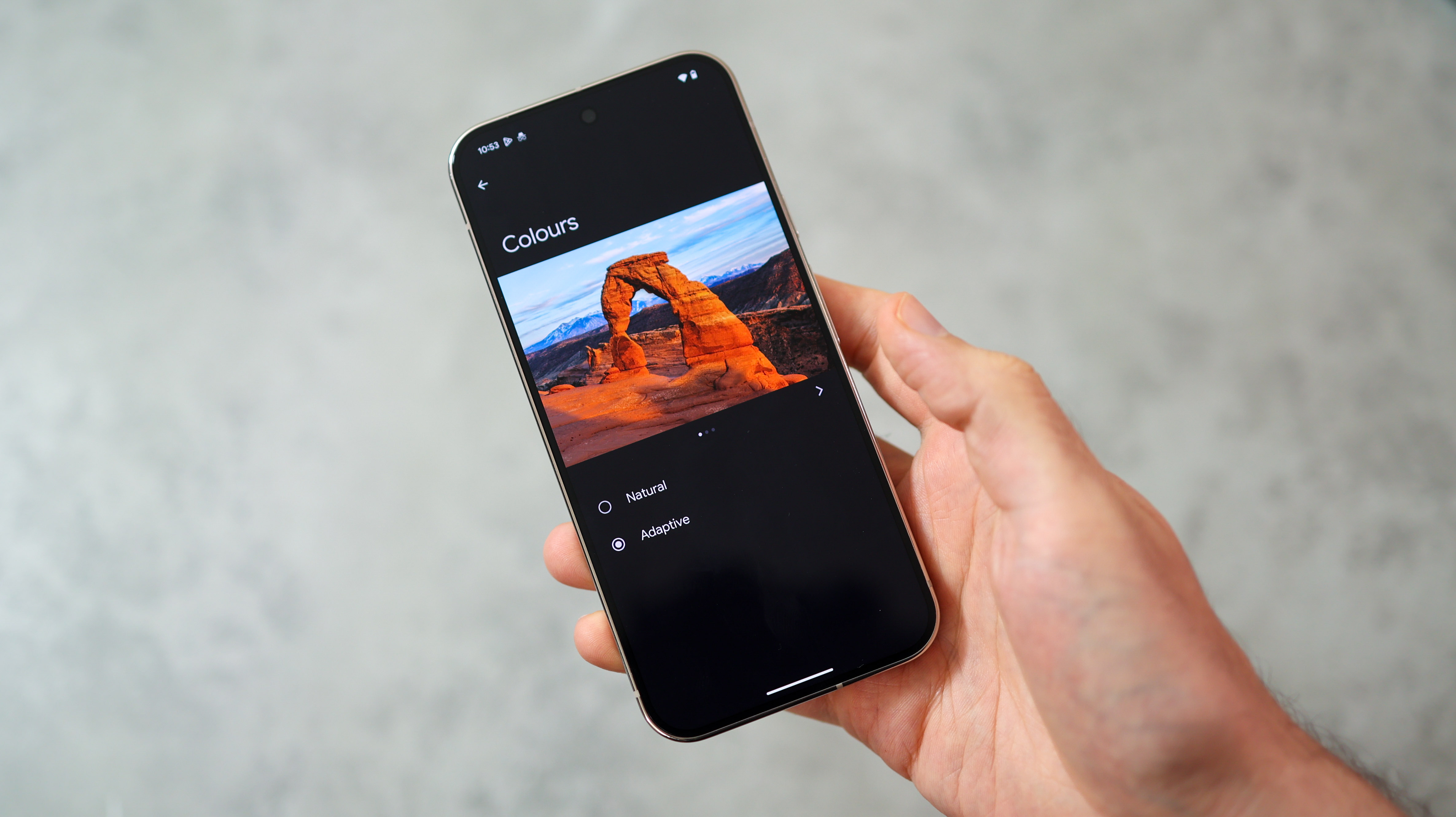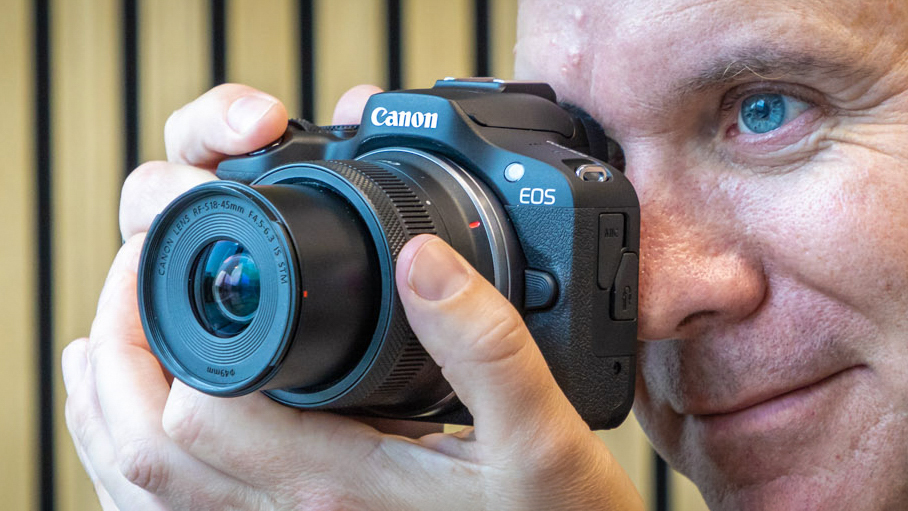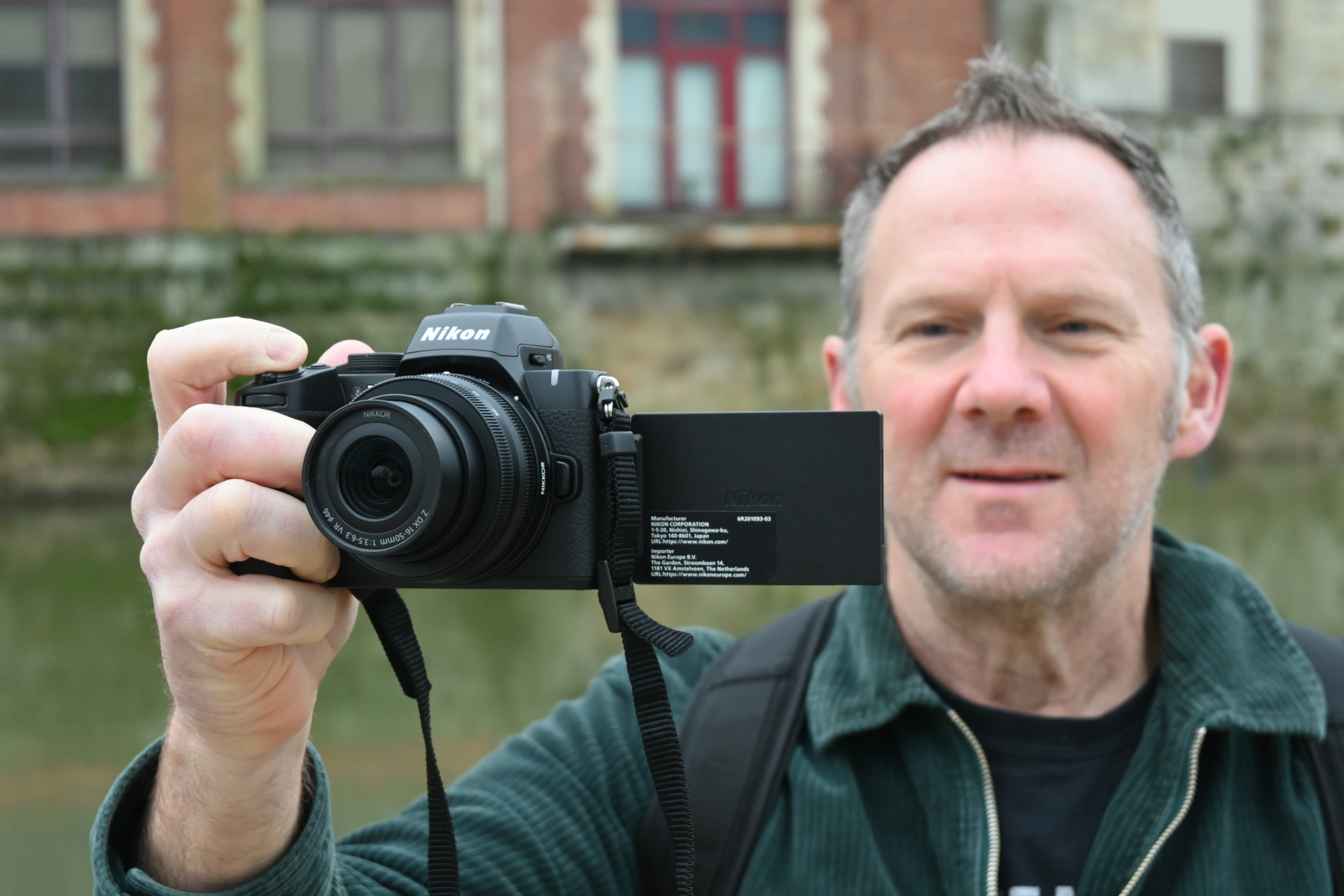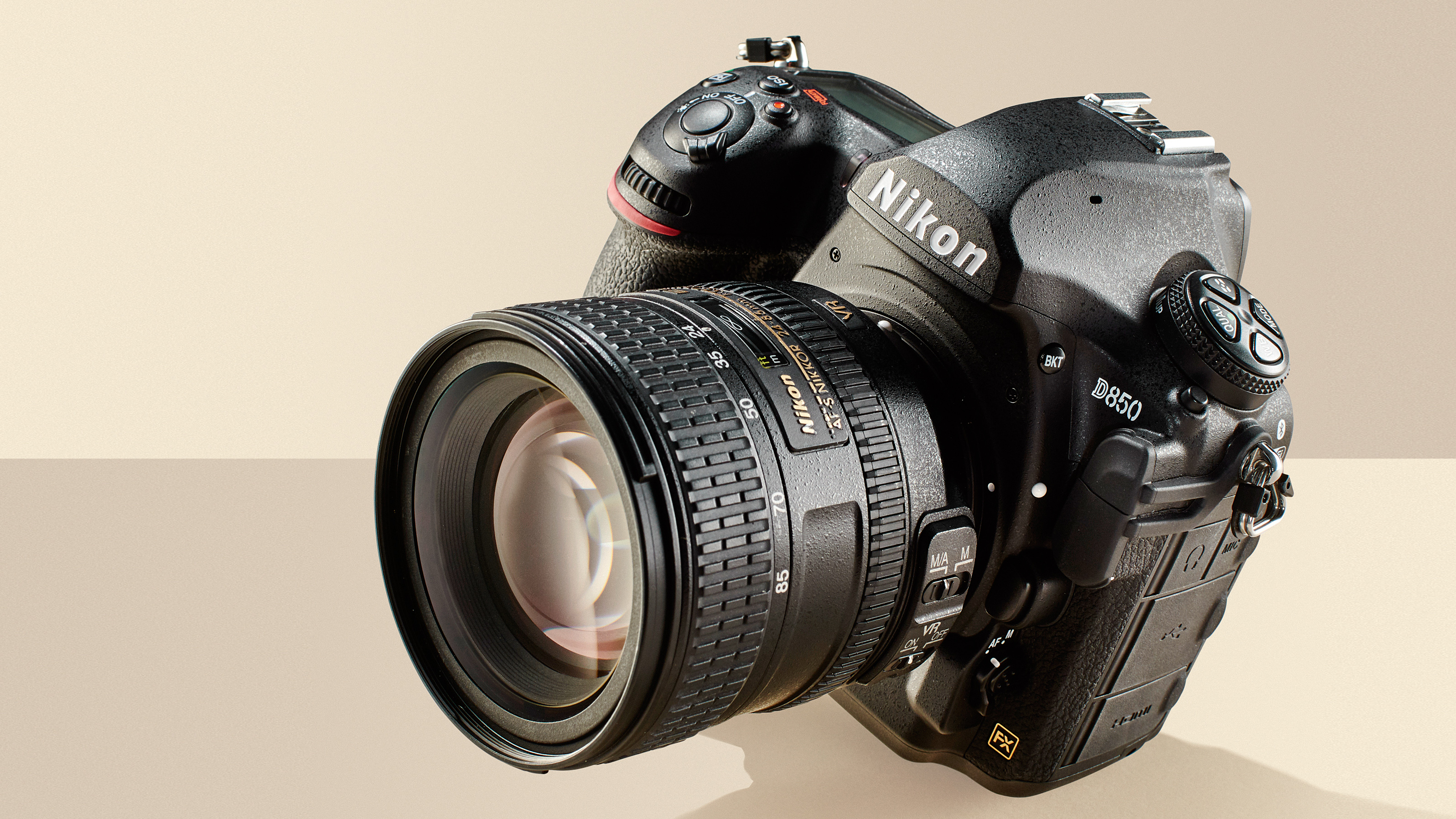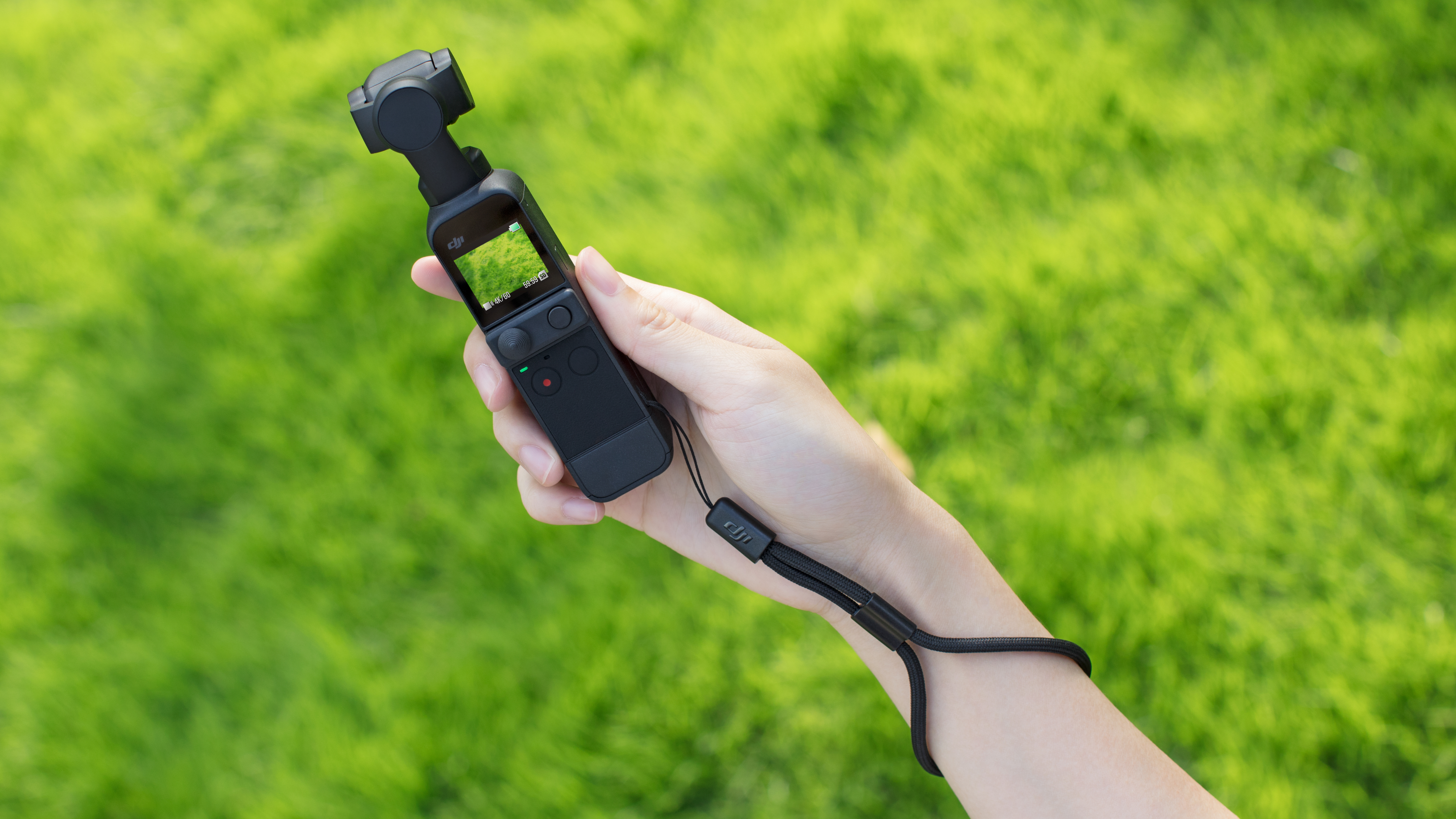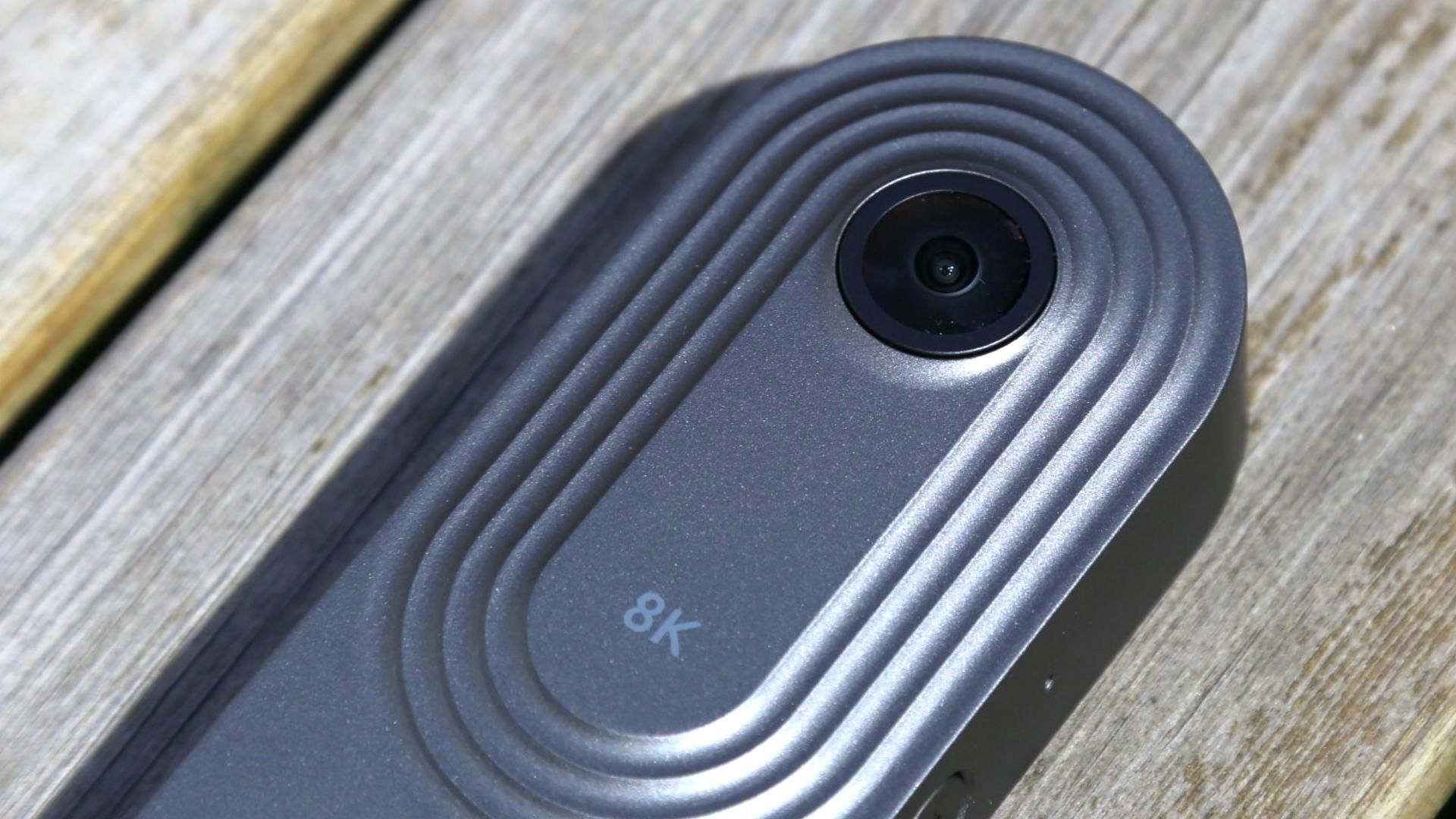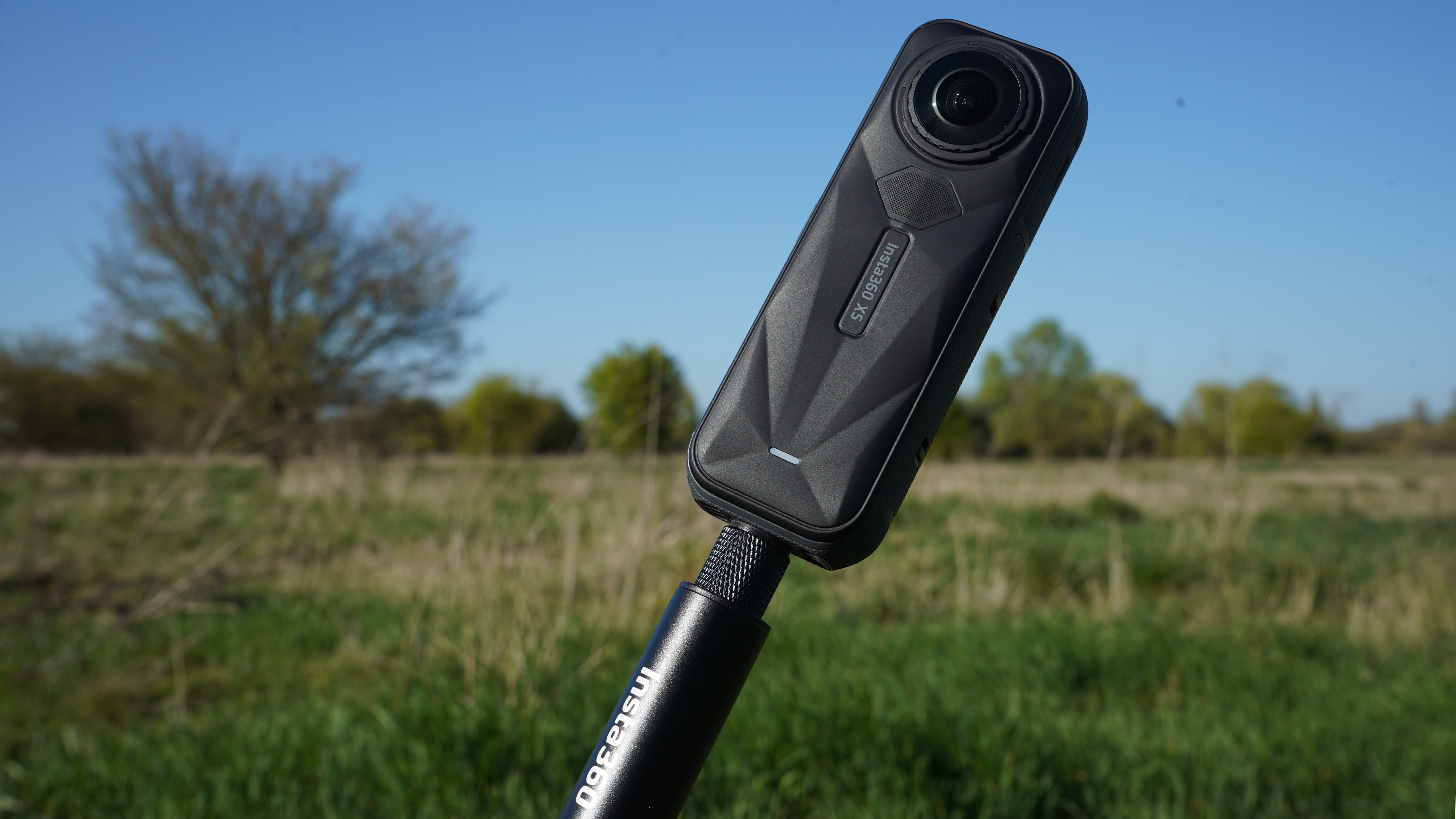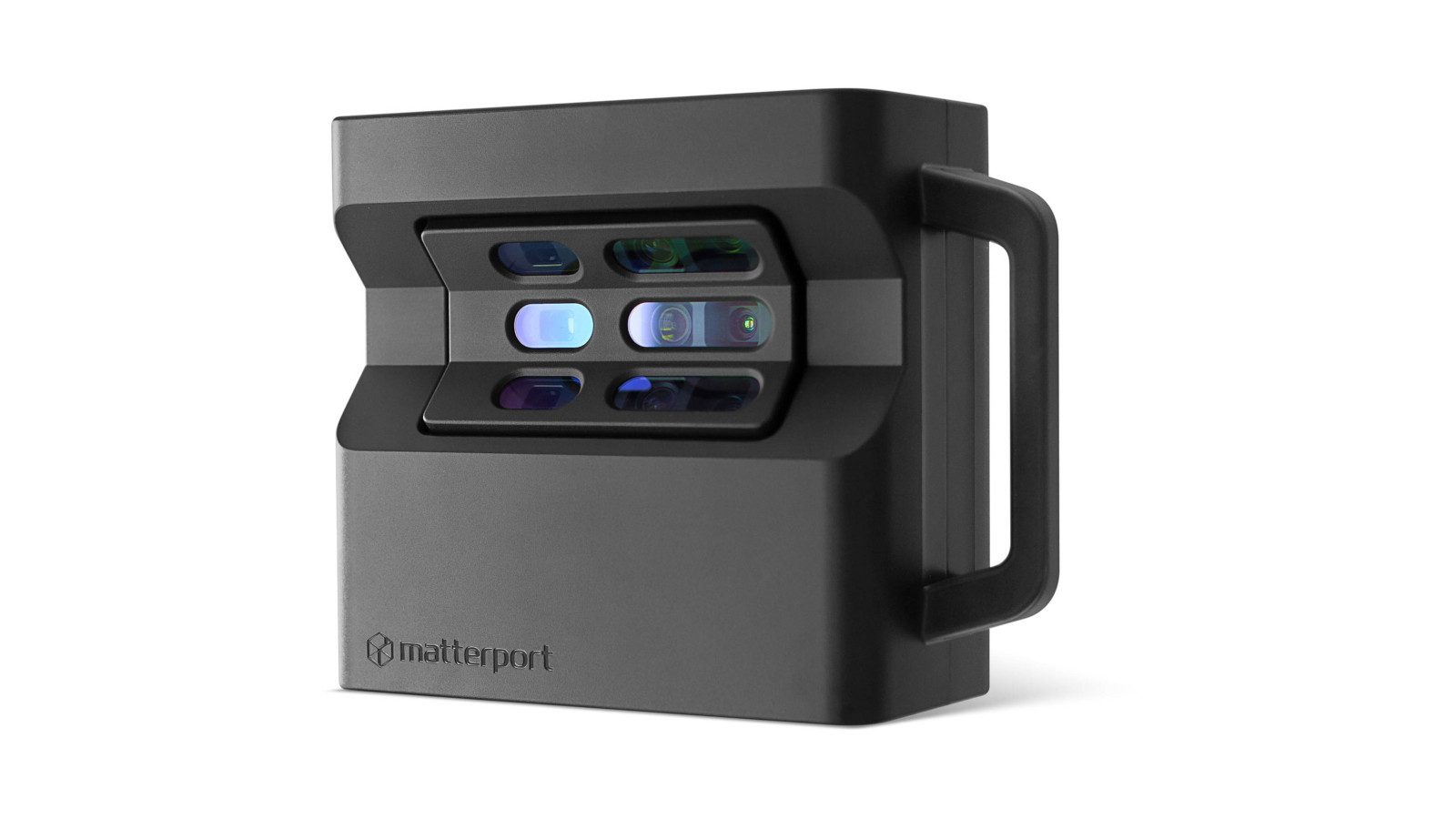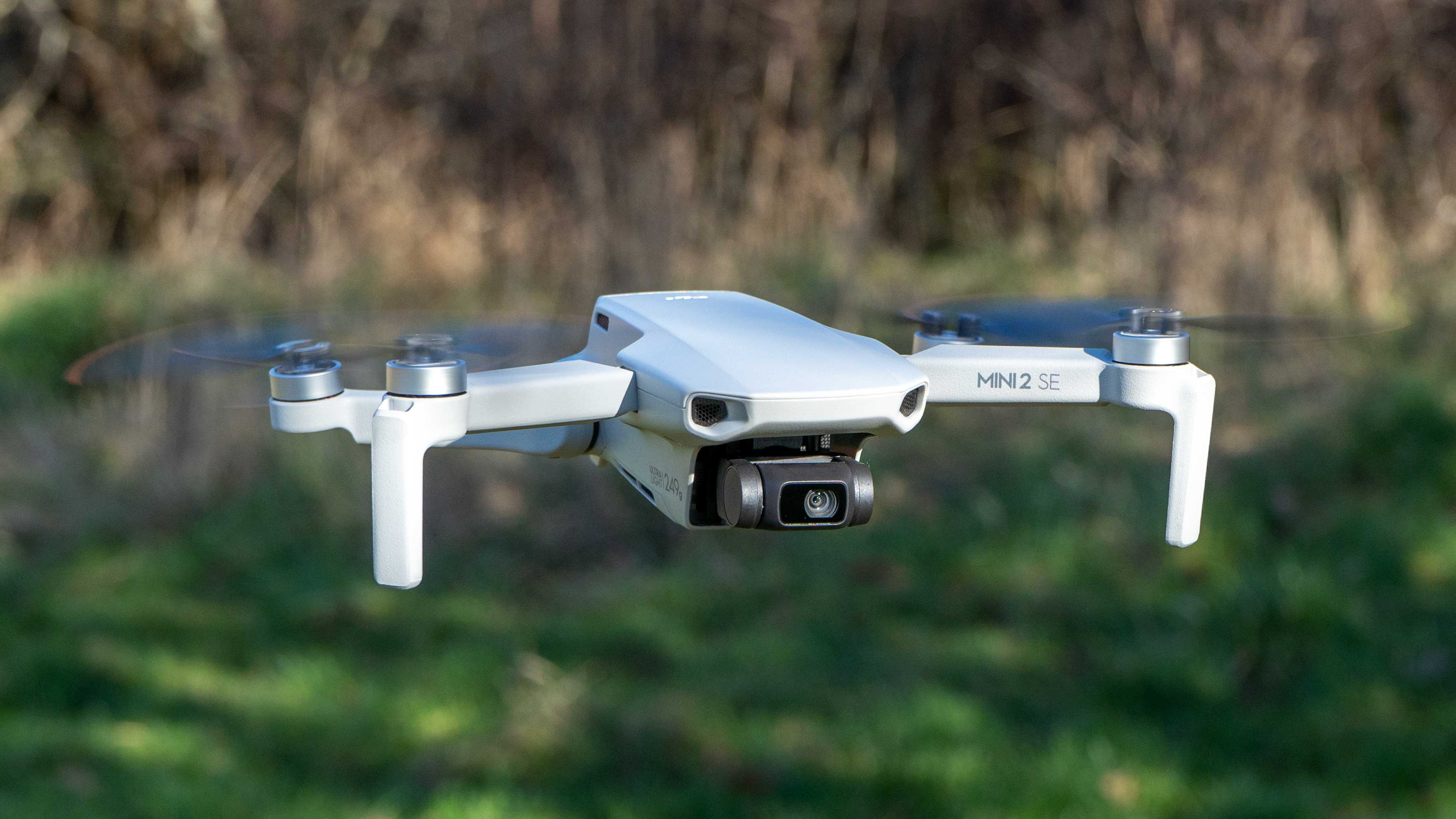Best camera for real estate photography in 2025
Make your property images stand out using the best camera for real estate photography, for AirBnb, sales and more
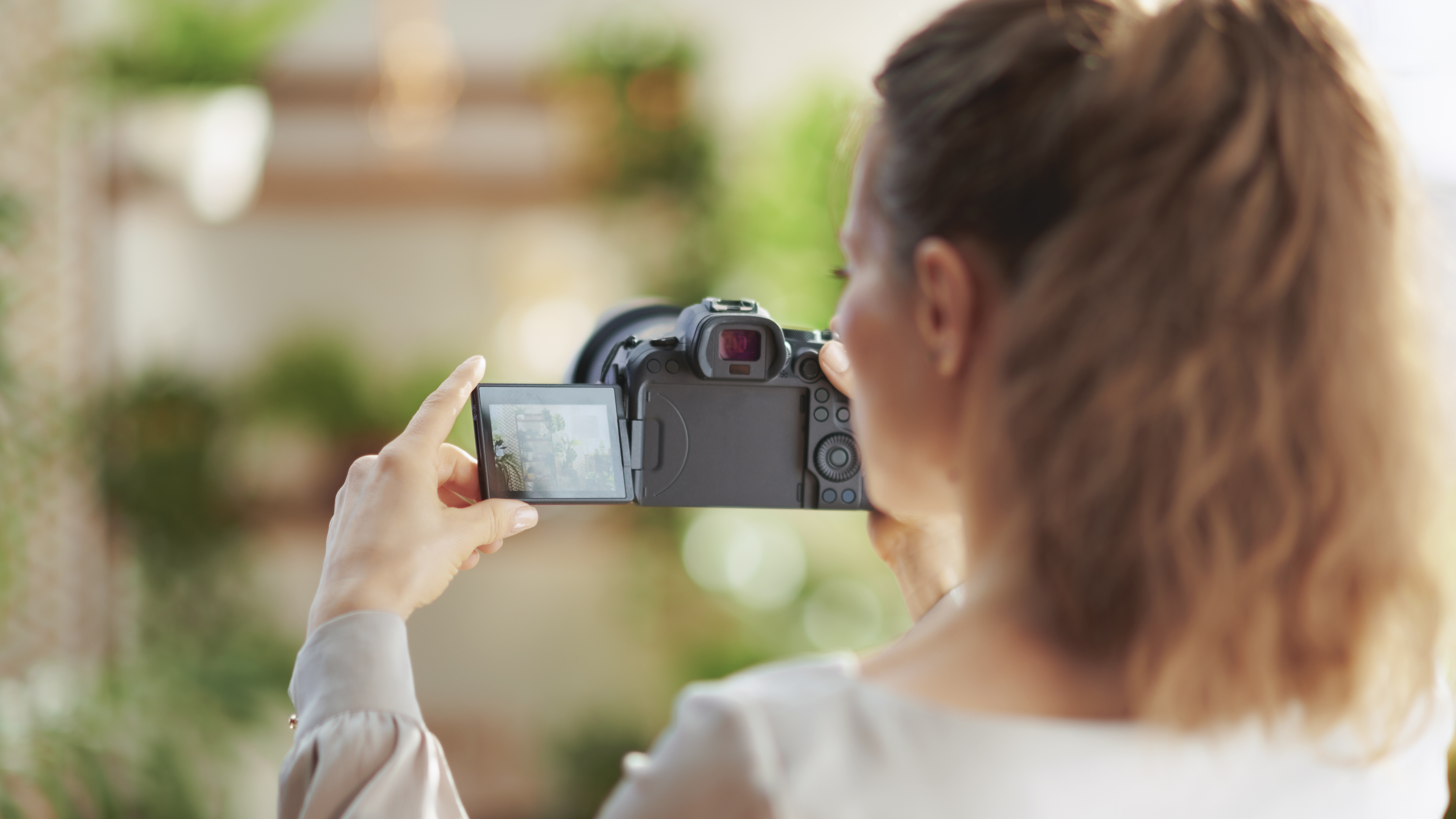
The best camera for real estate photography will help you make your property shine. Whether you're selling your own home, renting out an AirBnB, or you're an estate agent who needs property photos in volume, these are the cameras I'd recommend to get the job done, based on the DCW team's extensive testing.
When capturing real estate, you want to be accurate, but flattering. The many different types of cameras on this list will all achieve that goal – I've included smartphones, as many people won't have the capacity or inclination to go beyond a phone, but have also added beginner and professional interchangeable-lens cameras for those who want to boost the quality. And for something different, I've included 360-degree cameras, a dedicated virtual tour camera, and even a drone.
Where relevant, I've also suggested some of the best wide-angle lenses pair with the camera, as these will allow you to fill the frame with property interiors. So, let’s get started with the best cameras for real estate photography.

Jon has written for publications across the photo industry, including Amateur Photographer, What Digital Camera, Photomonitor, Black and White Photography and more. He's one of our go-to specialists when it comes to all aspects of photography, from cameras and action cameras to lenses and memory cards.
The quick list
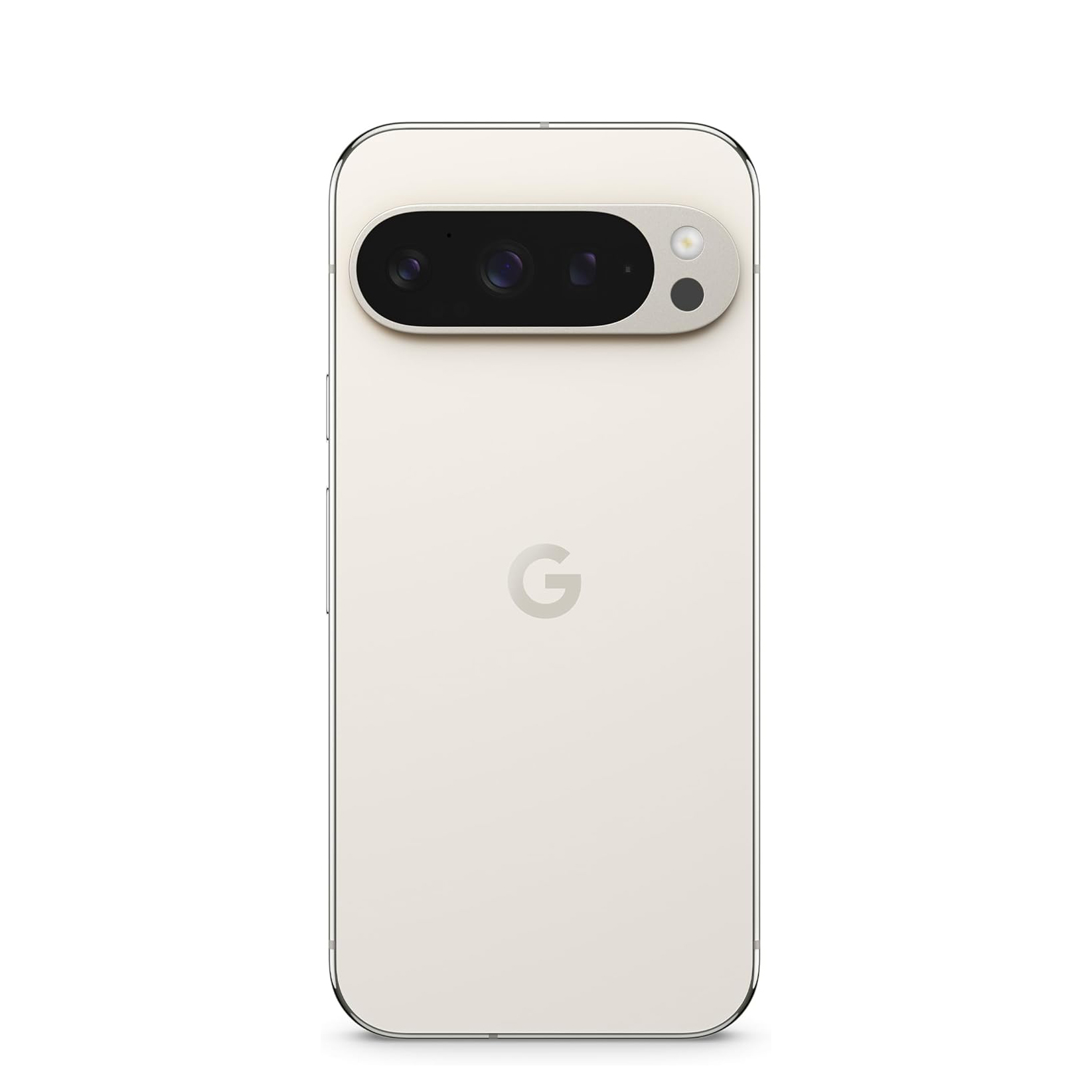
A capable camera array makes the Pixel 9 Pro my pick for smartphone shooters looking to capture great real estate imagery. Google's photo processing is reliably naturalistic, and it's also great for panoramic shots.
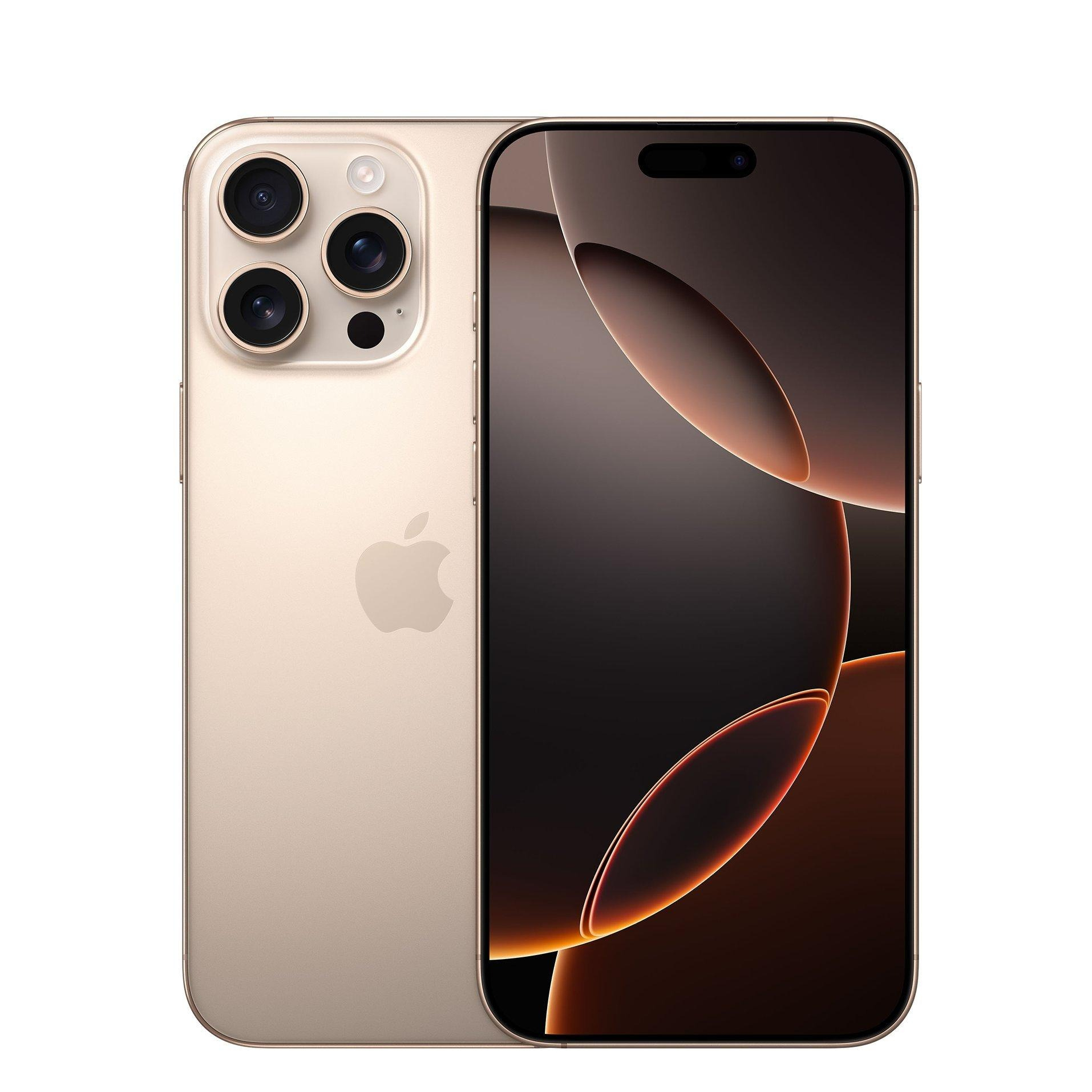
You can't go wrong with the camera in your pocket – and the iPhone 16 Pro is one of the best around, with an upgraded ultra-wide camera. Don't worry about the Pro Max; for real estate, you don't need it.
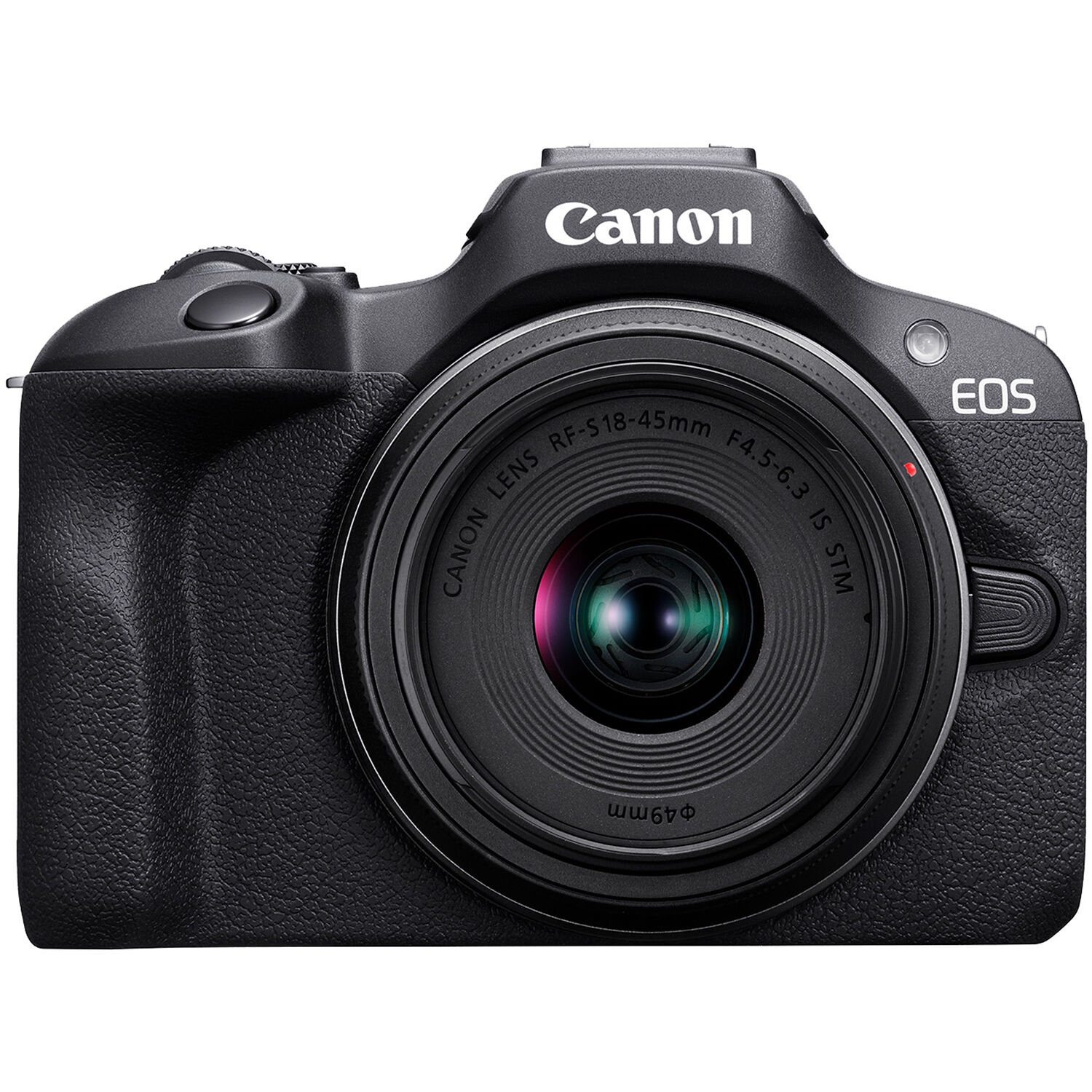
The best beginner camera on the market at the moment, the EOS R100 is an affordable option that reliably produces good-looking and vibrant imagery, even when used in full auto mode.
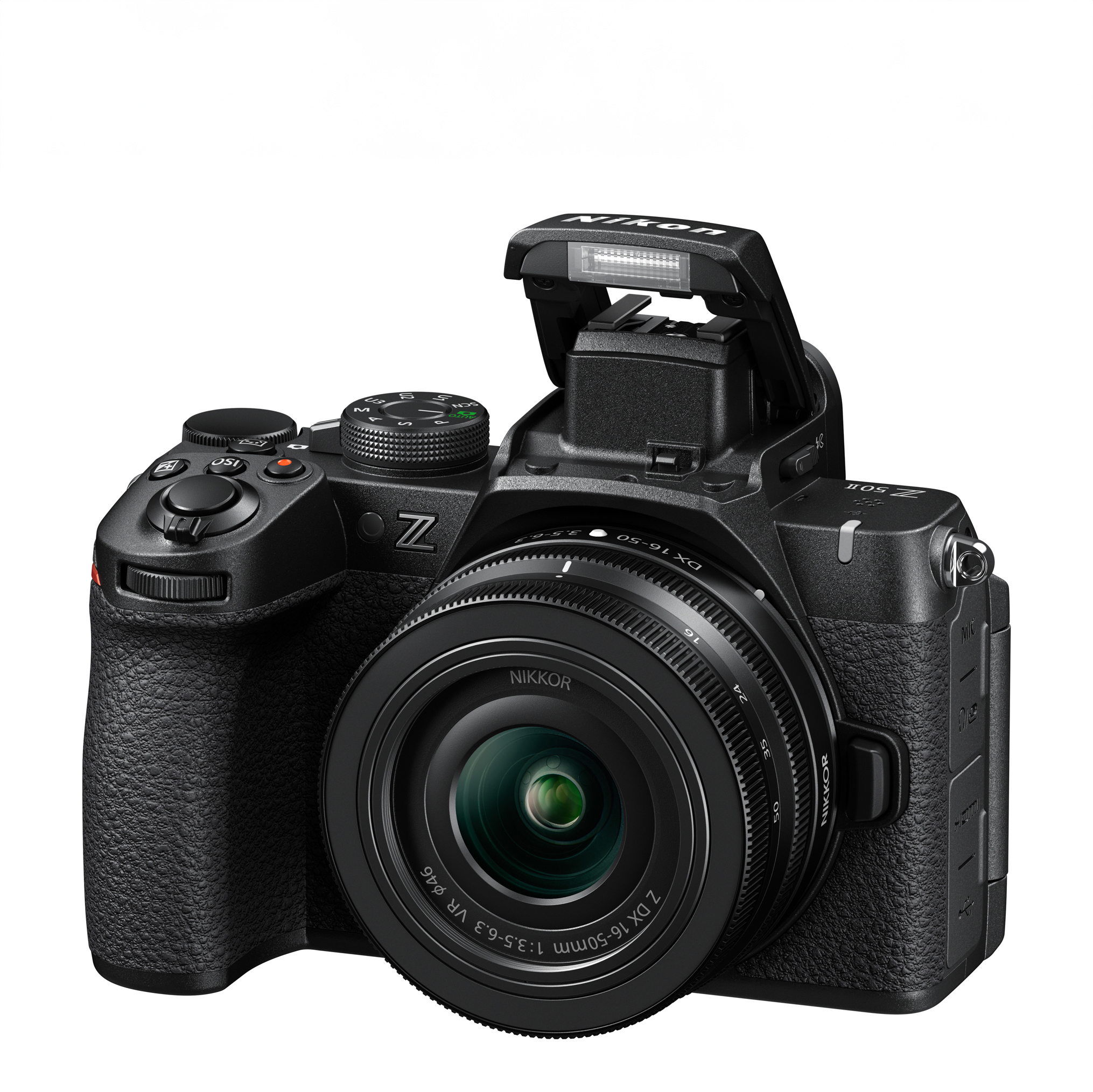
More expensive than the EOS R100, but also more sophisticated, the Nikon Z50 is my pick for real estate shooters who feel a bit more confident. It also produces great-looking 4K video.
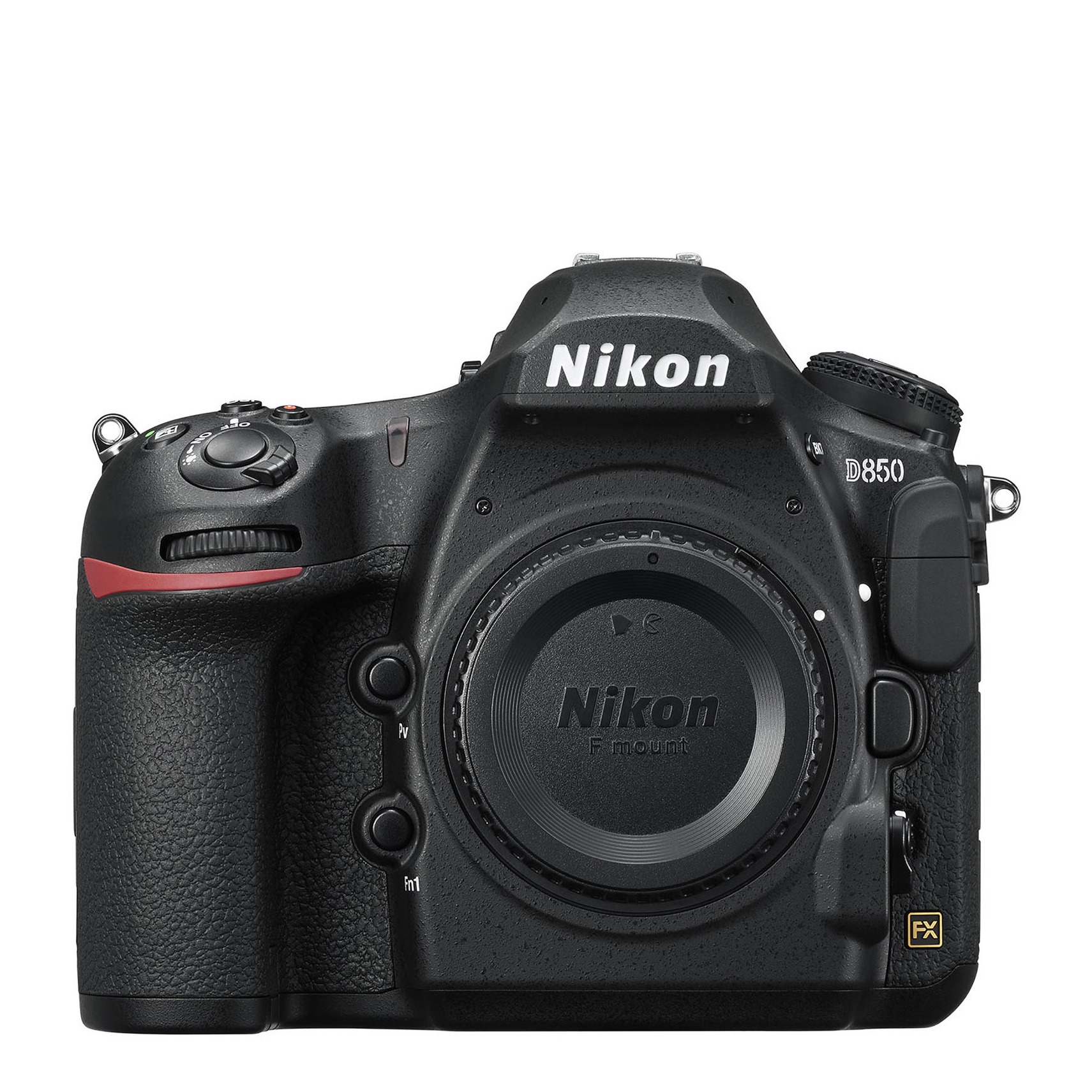
A high-resolution pro DSLR, the Nikon D850 is a workhorse capable of producing spectacular imagery of properties. Great for those who need and can afford it.

If you're looking to produce video tours on a limited budget, a gimbal camera like the DJI Pocket 2 is a good choice, with effective stabilisation for walking shots.
Load the next products ↴
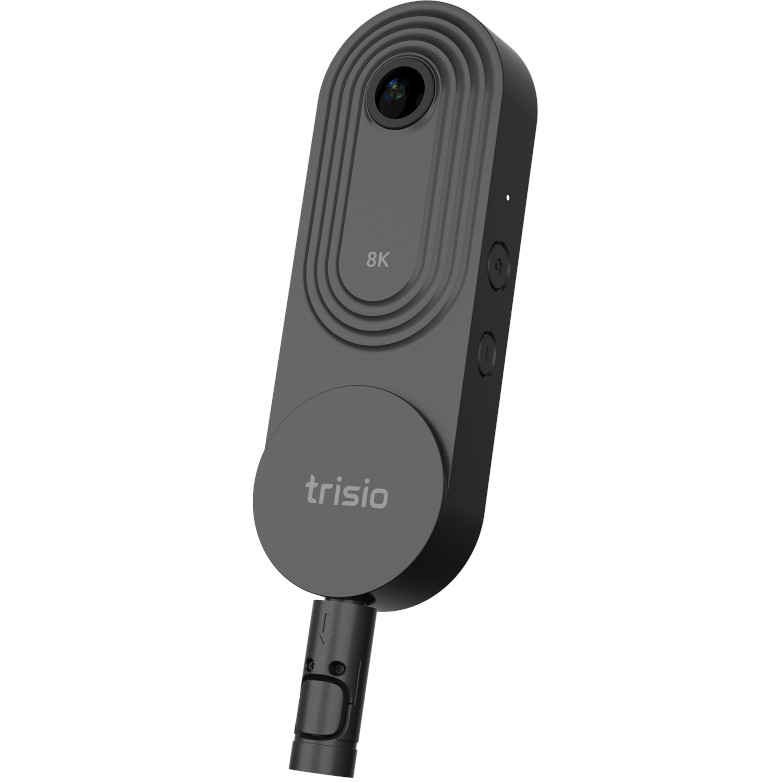
A cheap option for capturing 360-degree content, the Trisio Lite2 is an efficient way to give your real-estate photography a way to stand out from the pack.
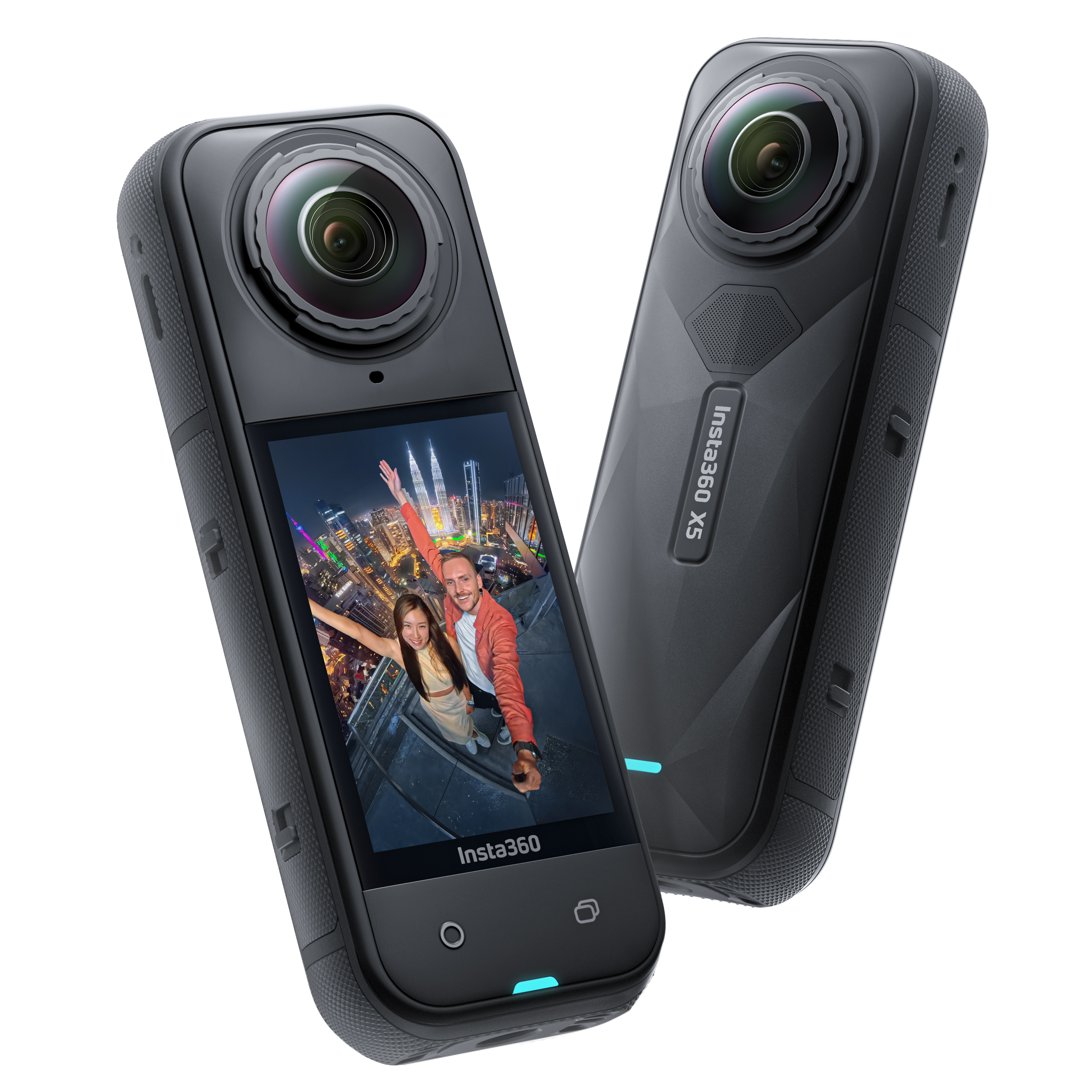
With dual sensors, the Insta360 X5 can capture sublime, immersive 360-degree video as well as high-quality stills. Individual sensors can also be used to capture more conventional action camera-style footage,
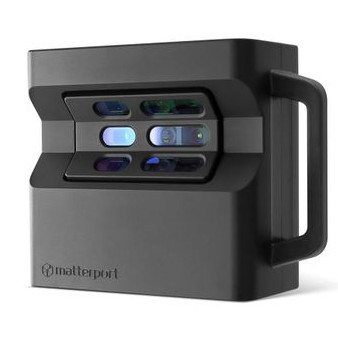
If you want to create state-of-the-art virtual tours of your properties, then a specialist camera like the Matterport Pro2 3D MC250 is the way to do it.
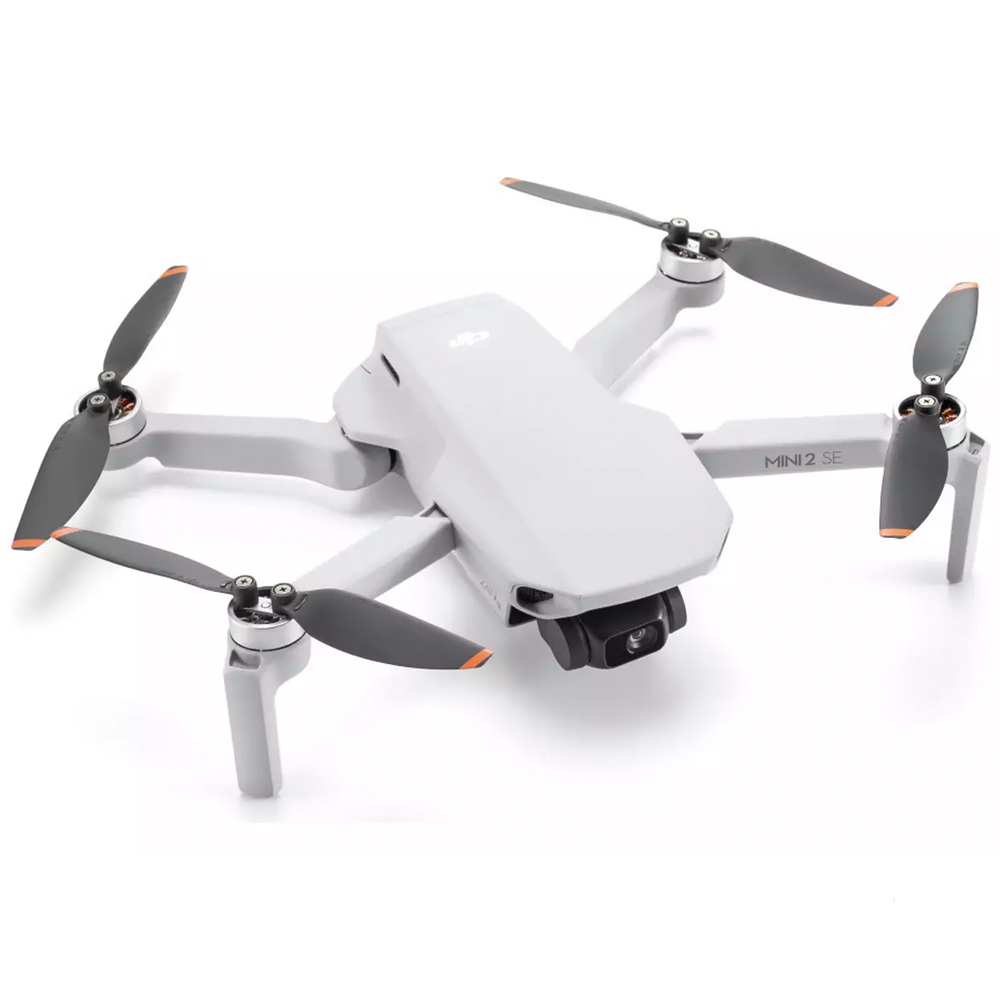
For creating aerial real-estate images you don't need a pricey drone – the sub-250g DJI Mini 2 SE will fit the bill brilliantly, and it comes at a very affordable price.
Best camera for real estate photography
Why you can trust Digital Camera World
Best Android phone for real estate
Specifications
Reasons to buy
Reasons to avoid
As the old saying goes, the best camera is the one you have with you, and most people now have a very capable camera in their pocket at all times. One of the best cameras on a phone you can buy right now is the Google Pixel 9 Pro. Its reliably punchy processing and well-equipped camera array allow it to capture pleasing photos in all sorts of conditions, and you'll have no problems coming away with excellent real-estate imagery.
The main wide camera is what you'll mostly be using, and here Google gives you a solid 50MP sensor that captures a pleasant but reasonably naturalistic representation of what you see before you, while fitting plenty into the frame. Google's in-house processing pushes the saturation a little without being garish, sharpening without over-crisping, and pulling out shadow detail for a balanced exposure. This camera has also received a video boost compared to the previous Pixel 8 Pro, producing excellent footage particularly in bright environments.
To get more into the frame, you have the ultra-wide sensor; to zoom in on details, you have the telephoto. The Pixel 9 Pro is also capable of producing images with a crisply shallow depth of field (think Portrait Mode), which can be useful for beauty shots. If you want a phone that'll get you a dynamic range of interiors and exteriors, the Pixel 9 Pro is it. There's also the larger XL version, but camera quality between the two is basically identical, so I'd say stick with the Pixel 9 Pro.
Read our full review of the Google Pixel 9 Pro / Pro XL
Best iPhone for real-estate photography
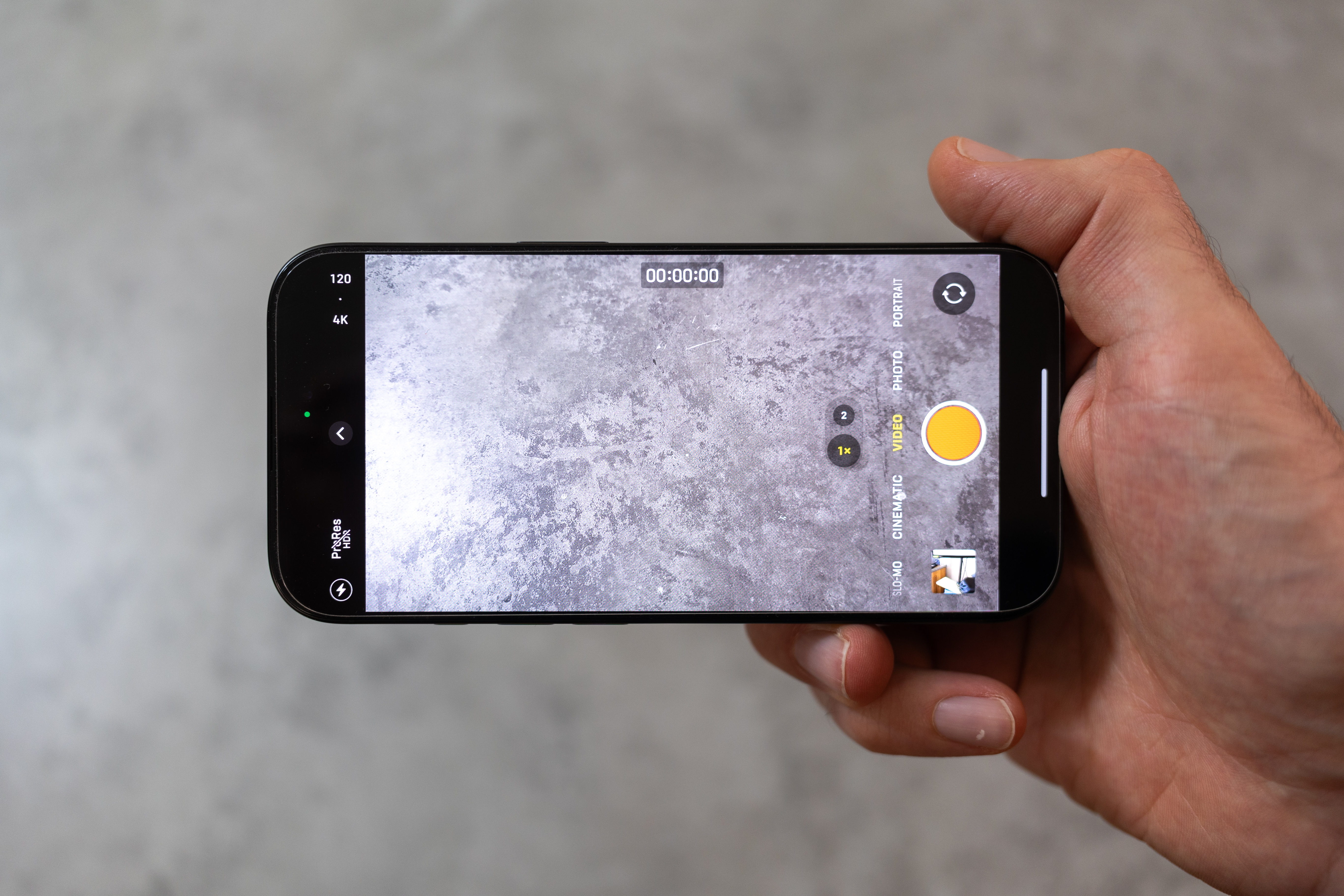
Specifications
Reasons to buy
Reasons to avoid
I'll say up front that I think Android phones offer better cameras than iPhones, or at least more flexible ones – if the Pixel 9 Pro isn't to your taste, the Samsung Galaxy S25 Ultra also delivers incredible imagery. However, if you're already an Apple user, it makes sense to stay in the ecosystem, and the iPhone 16 Pro offers the perfect balance for shooting the interiors and exteriors of properties. The iPhone 16 Pro Max is bigger, more advanced and has better battery, but you don't really need what it's offering for real estate.
The image quality the iPhone 16 Pro captures with its wide and ultra-wide modules will definitely impress. You've got plenty of resolution in the 48MP main camera, and the ultra-wide camera has been upgraded to offer the same quality – this is one of the main changes over the iPhone 15 series, and is one of the reasons I've opted for this one rather than a cheaper, older handset (which will definitely get the job done).
The battery life is also much better than it used to be, which is useful if you have a lot of properties to photograph in a day. Ultimately, the iPhone 16 Pro is going to deliver everything you ask for. It produces punchy and colorful images that don't tip into being non-naturalistic, its 4K video is pristine, and it's as slick and easy to use as iPhones have ever been.
Note that the new iPhone 17 Pro has been released and is making its way through our testing procedure. I may revisit this list once our review is complete, but the iPhone 16 Pro is still an excellent choice.
Read our full review of the
Best affordable option
Specifications
Reasons to buy
Reasons to avoid
For a long time I had Canon's Rebel SL3 (or EOS 250D) on this list, a DSLR I have a real soft spot for. But times change, and I think now your best option, even for budget and beginner shooters looking to improve their real estate photography, is to go mirrorless. The Canon EOS R100 is quite simply the beginner camera to beat.
Easy to use, but producing cracking imagery thanks to its APS-C sensor, the EOS R100 delivers a level of quality that's a real step up from a smartphone, something you'll notice immediately if you've never shot on a proper camera before. If you plan to print your real estate images, or even just display them in high resolution on a website, the EOS R100 will deliver the quality you need. It can handle itself well in full auto mode if you prefer, but switching to full manual will allow you to take control of things like depth of field, to get exactly the shots you're looking for.
It also shoots 4K footage (albeit with a crop), and you can use 4K Frame Grab to extract high-quality stills from your footage. This could potentially be a real timesaver, allowing you to capture your stills and video of a property essentially simultaneously.
Lens-wise, I'd say look at the RF-S 10-18mm f/4.5-6.3 IS STM, a lens designed specifically for APS-C cameras, offering a generous field of view that's ideal for real estate.
Read our full review of the Canon EOS R100
Best mirrorless
Specifications
Reasons to buy
Reasons to avoid
If you're looking for a portable camera for real-estate that still delivers the goods image-wise, a mirrorless model is a sound investment. Lighter than a DSLR, with silent shooting and fast focusing, the Nikon Z50 II is an excellent choice. Its APS-C sensor produces brilliant images even when light levels get low – and it's also great for video, capturing 4K using the full width of its sensor (so there's no nasty crop that'll make it harder to get wide shots).
Price-wise, the Z50 II also offers excellent value – Nikon resisted the urge to price it up from the original Z50, so you're getting a camera with a better autofocus system and useful vari-angle screen without having to pay over the odds.
Lens-wise, you'll be looking at the Nikon Z-mount range.Again, I'd say its best to get a lens that's specifically optimised for smaller-sensor APS-C cameras – Nikon refers to these as 'DX' lenses. The Z50 is often bundled with Nikon's Z DX 16-50mm f/3.5-6.3 VR lens, which would certainly do the job. For a wider perspective though, consider the Z DX 12-28mm f/3.5-5.6 PZ VR. It's relatively inexpensive, and will give you a little more room in the frame for capturing interiors and exteriors.
Read our full Nikon Z50 II review.
Best for professionals
Specifications
Reasons to buy
Reasons to avoid
If you’re looking to produce real estate photography at serious, professional quality, then a full-frame DSLR like the Nikon D850 will be just what you need. This workhorse camera is beloved by professionals around the world, and with its astonishing image quality thanks to its full-frame sensor, it’s not hard to see why. Low-light quality, focusing speed, megapixels – everything here is a serious step up, and as you’d imagine, that does come with a price tag.
The uncropped 4K video here is a gift too, allowing you to create sumptuous footage of your properties. It may all be more than you need, but if the utmost in quality is what you want, then this is a superb choice. In terms of wide-angle lenses, we recommend the Sigma 14-24mm f/2.8 DG HSM Art or Nikon's own Nikkor AF-S 16-35mm f/4G ED VR. It is also a perfect partner for more specialist perspective-correcting tilt-shift lenses, such as the Nikon PC-E 24mm f/3.5D ED.
Read our full Nikon D850 review
Best cheap video camera for real estate
Specifications
Reasons to buy
Reasons to avoid
The DJI Pocket 2 is something entirely different – a small gimbal camera that’s popular with vloggers. A gimbal is a 3-axis stabilization system that compensates for camera movement to produce smooth video footage; for a walk-through of a property, this is an ideal choice. It’s small enough to take every with you, and can capture a pleasing amount of detail. Its wide field of view also means it’s a natural choice for interior room shots.
The small sensor of the Pocket 2 is the only real drawback – it causes the camera to struggle in low-light and high-contrast situations. Basically anywhere other than a well-lit room, you might run into problems. It could be worth picking up a portable LED light to give yourself a burst of illumination where you need it.
DJI has since released a successor to this camera, the DJI Osmo Pocket 3. While this new version adds a few welcome improvements like a larger LCD screen that rotates to facilitate vertical shooting (good for TikTok). However, it also comes with a significant price jump, so we're sticking with the Pocket 2 as our budget-friendly option.
Read our full DJI Pocket 2 review
Best 360 camera for stills
Specifications
Reasons to buy
Reasons to avoid
This clever little 360º camera has clearly been designed with virtual tours in mind, offering a lot of similar functionality to the Matterport Axis in a more self-contained package. The Trisio Lite2 may have "8K" imprinted on the front, but don't be fooled – it doesn't shoot 8K video. This instead refers to its ability to stitch together photos to make an image that measures 8000x4000 pixels, equating to 32MP. These images are rich and full of detail, ideal for immersing potential customers in a new property.
When we reviewed the Trisio Lite2, we also praised its ability to shoot in HDR – high dynamic range, which blends multiple images to create a balanced exposure of the overall scene, and is ideal for moments when the light gets a bit challenging. We could have done with a microSD card slot though, as when you're creating these big immersive images, that 8GB of internal storage is going to fill up quickly.
Read our full Trisio Lite2 review
Best 360 camera for video
Specifications
Reasons to buy
Reasons to avoid
For capturing both stills and video in 360-degree format, the Insta360 X5 is my recommendation. A small and portable camera, it features a dual-sensor setup that allows it to capture immersive content with an impressive resolution of 72MP, or 8K if you're shooting video.
As Adam said in his review, this is one of the first instances we've seen where image quality performance from a consumer 360-degree camera has been good in its own right, and not just good for the format. Its images are punchy and vivid, with pleasing colors, and you don't have to shoot 360-degree content all the time – you can use just one of the sensors to capture more conventional, action camera-style stills and videos.
It takes a little figuring out for first time users, but the Insta360 X5 is an excellent way to capture real-estate imagery with a difference. Ideal for creating interactive virtual tours, without the significant expense of a dedicated virtual tour camera (see below for my pick in that category).
Read our full Insta360 X5 review
Best for virtual tours
9. Matterport Pro2 3D MC250
Specifications
Reasons to buy
Reasons to avoid
If you’re looking to create virtual tours of properties, it’s worth investing in a proper camera for the purpose. The Matterport Pro2 3D MC250 is designed for exactly this, with a powerful 3D sensor and extremely large field of view, with lots of megapixels for capturing every detail. It is expensive to buy, and requires a monthly subscription to make the most of its various connected features, like schematic floor-plan generation. This isn’t something you buy on a whim – it’s a highly technical tool. But if you want something that will tick basically every box for real-estate photography, here it is.
Best drone for real estate
Specifications
Reasons to buy
Reasons to avoid
A fantastic way to make a difference to your real-estate photography can be to take to the skies. Getting dynamic aerial images of a property is an excellent way to produce unique, striking imagery – and you don't need a terribly sophisticated or expensive drone in order to do it.
The DJI Mini 2 SE is realistically going to fit the bill for most real estate photographers. Not only because it's cheap and easy to use – though it is – but also because its ultra-light weight means that it slips under the 250g cut-off that in many territories is the maximum for a drone to be permitted to be flown in built-up or residential areas (and without any kind of licence). Producing 12MP stills and 2.7K video, the DJI Mini 2 SE is realistically going to give you more than enough to work with for any online property listing.
DJI has released newer drones since this with one, but with the Mini 2 SE still available, I'm sticking with it as my recommendations. After all, it's not like you need fancy AI tracking features for filming a house.
Read our full DJI Mini 2 SE review
How to choose the best camera for real estate
When you're photographing a property for an online listing, you want it to look as good as it can (while also being captured accurately). This means it's worth investing in a decent-quality camera, with a reasonable amount of resolution and a good-sized sensor. However, there is an element of perspective to maintain here. You probably don't need the latest and greatest cameras, as there are lots of features that simply won't be necessary. For instance, houses aren't going to run away, so you're hardly likely to need fast burst modes and AI-powered autofocus. As such, we've not made a list of the newest and most expensive cameras, but have instead compiled a list of suggestions that we feel offer real-estate photographers the best value for money.
A smartphone will certainly fit the bill, providing good-quality images and a wide-angle perspective to fit everything in. We've provided a couple of recommendations. An interchangeable-lens camera is better if you need flexibility for photographing lots of different types of property. You may also want to consider ways you can create unique and striking imagery to show off your property in a different way – things like 360-degree cameras, virtual tour cameras and drones. We've included some suggestions.
Also, with video tours expected by clients nowadays, it's worth paying attention to a camera's video spec to ensure it can handle this side of things. Look at the maximum resolution it can shoot – Full HD is okay, but 4K is definitely preferable.
How we test cameras
We test cameras both in real-world shooting scenarios and in carefully controlled lab conditions. Our lab tests measure resolution, dynamic range, and signal-to-noise ratio. Resolution is measured using ISO resolution charts, dynamic range is measured using DxO Analyzer test equipment and DxO Analyzer is also used for noise analysis across the camera's ISO range. We use both real-world testing and lab results to inform our comments in buying guides. Learn about how we test and review on Digital Camera World.
Real-estate cameras: frequently asked questions
What camera do real estate agents use?
These days, many real estate agents do what most people do and use the camera that's in their pocket – their smartphone. This is the quickest, easiest and simplest way to get useable photos of a property. We're not going to say you shouldn't do this; indeed we have included a couple of smartphones in our guide. However, if you want your images to stand out and look professional, using a dedicated camera (or at least a high-quality smartphone) will go a long way. Even a beginner DSLR like the Canon EOS Rebel SL3/ EOS 250D will allow you to produce images that are a cut above the norm.
Do I need a full-frame camera for real-estate photography?
This depends on the type of photography you're doing. For simple listing shots of interiors and exteriors, designed to put online – no. A full-frame camera with a larger sensor probably isn't necessary. However, if you are producing images to print for a physical brochure, then a full-frame camera will likely give you the level of quality required, as it will offer higher resolution and a better signal-to-noise ratio.
Another often-overlooked advantage of full-frame cameras is that they can use lenses without a crop factor, making it easier to shoot at wide angles. This is hugely useful in real-estate photography, where you're often trying to get a lot in the frame, and sometimes are limited as to where you can stand.
So while you probably don't need a full-frame camera, they certainly can be useful.
Read more
• Best wide-angle lenses
• Best 360 cameras
• Best travel cameras
• Interior photography tips
• Learn how to light interiors
• Shoot amazing artistic architecture
• The best tilt-shift lenses
Compare prices
The best camera deals, reviews, product advice, and unmissable photography news, direct to your inbox!
Jon spent years at IPC Media writing features, news, reviews and other photography content for publications such as Amateur Photographer and What Digital Camera in both print and digital form. With his additional experience for outlets like Photomonitor, this makes Jon one of our go-to specialists when it comes to all aspects of photography, from cameras and action cameras to lenses and memory cards, flash diffusers and triggers, batteries and memory cards, selfie sticks and gimbals, and much more besides.
An NCTJ-qualified journalist, he has also contributed to Shortlist, The Skinny, ThreeWeeks Edinburgh, The Guardian, Trusted Reviews, CreativeBLOQ, and probably quite a few others I’ve forgotten.
